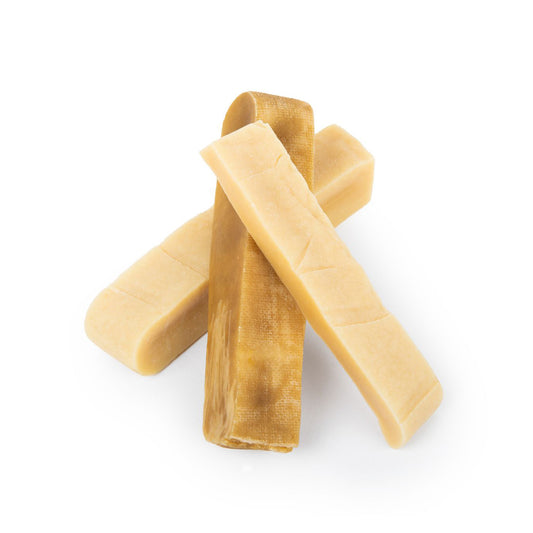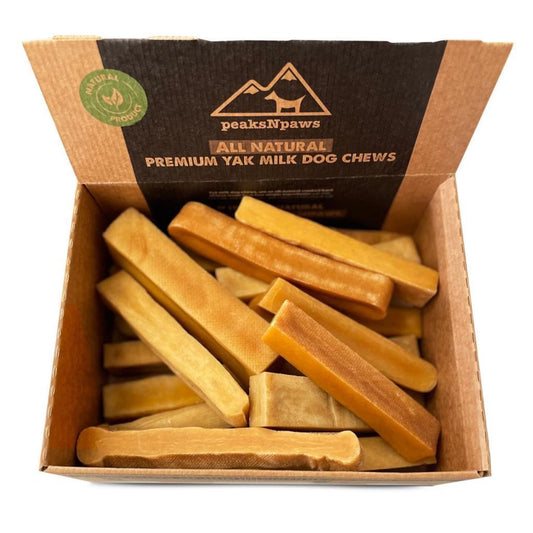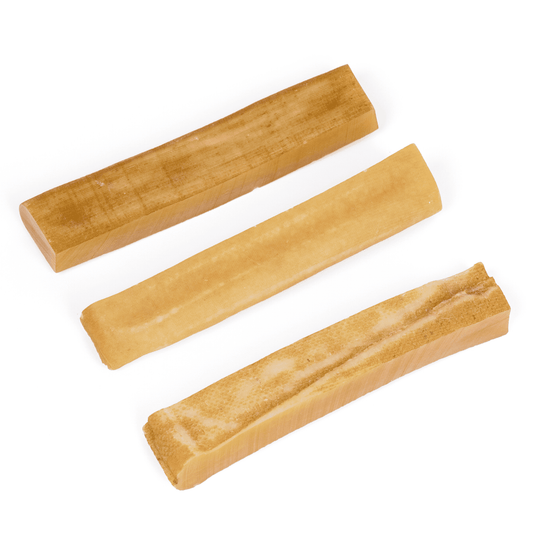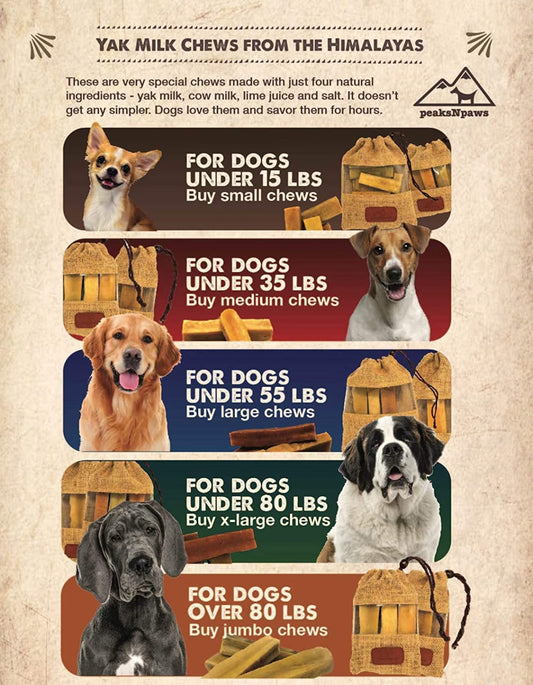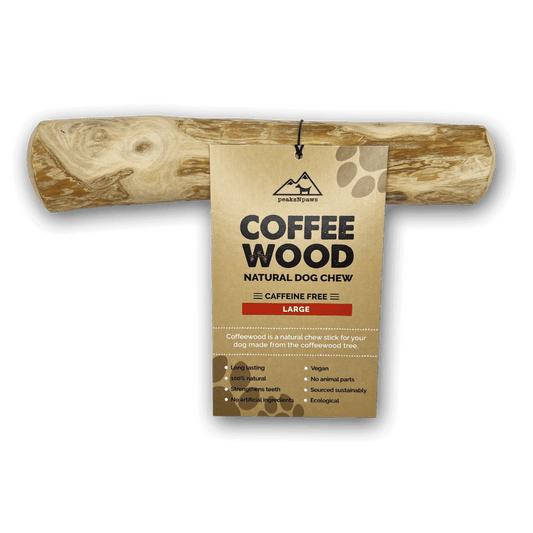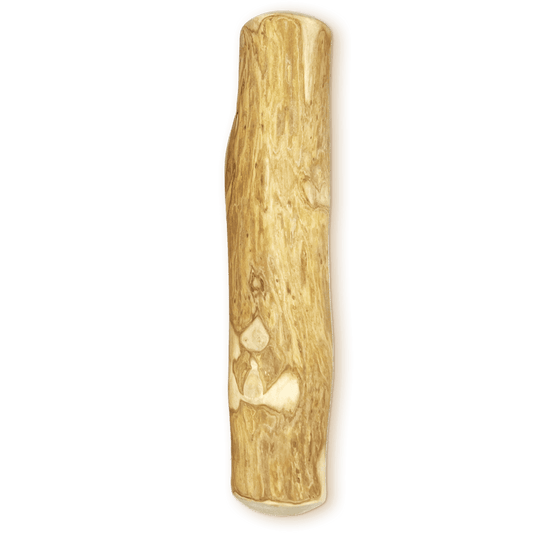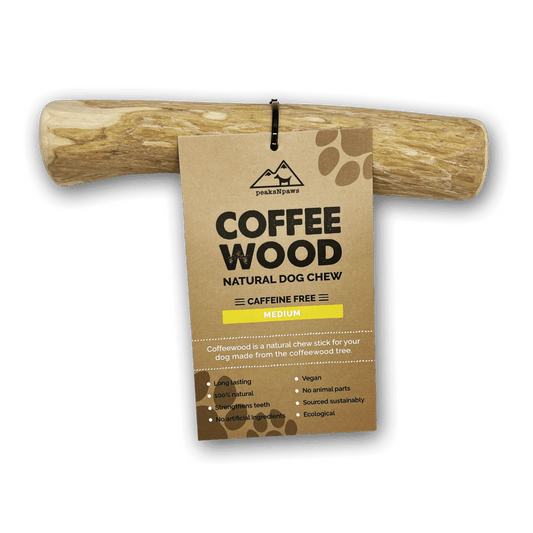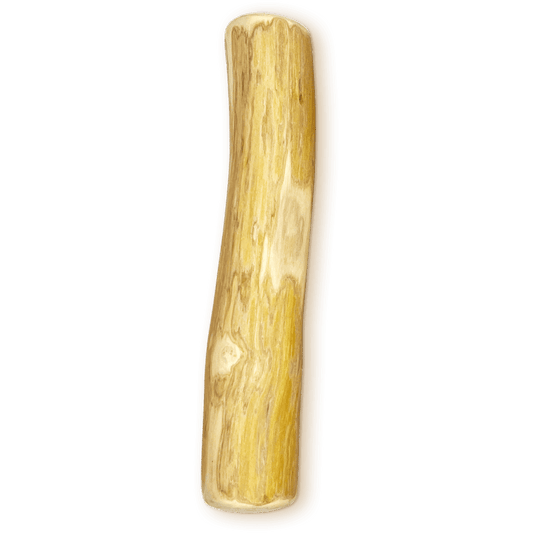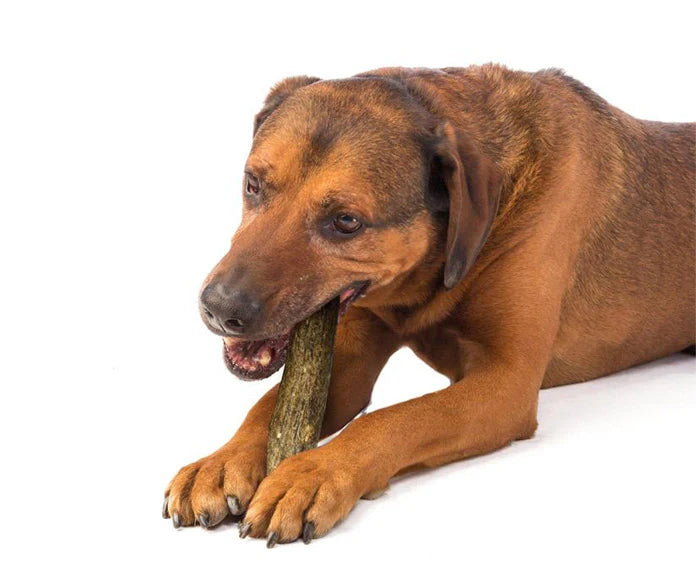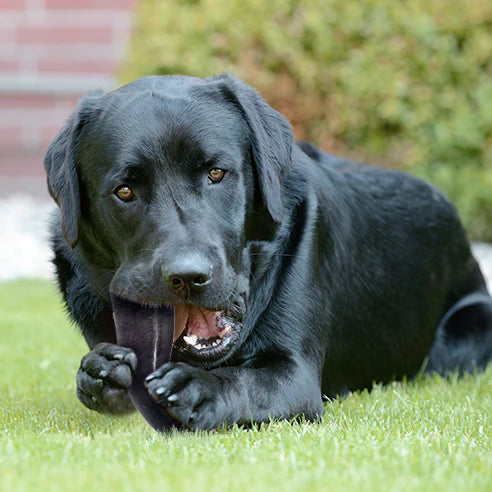Trachea chews have gained popularity among pet owners as a natural and enjoyable treat for dogs. Derived from the windpipe of animals like cattle, these chews offer not only a satisfying chewing experience but also potential health benefits for your furry friend. However, like any chew or treat, it's essential to ensure your dog consumes them safely and monitor their chewing habits to prevent any potential issues.
In this blog, we'll explore the benefits of trachea chews, offer tips for safe consumption, and discuss how to monitor your dog's chewing habits effectively.
Understanding Trachea Chews: Trachea chews are sourced from the trachea or windpipe of animals, typically cattle. They are often dried and preserved to create a long-lasting chew for dogs. These chews are rich in natural collagen, glucosamine, and chondroitin, making them not only delicious but potentially beneficial for joint health and dental hygiene.
Benefits of Trachea Chews for Dogs:
- Dental Health: Chewing on trachea chews can help remove plaque and tartar from your dog's teeth, promoting better dental health and fresher breath.
- Joint Support: The natural presence of glucosamine and chondroitin in trachea chews can aid in joint health, particularly in older dogs or those prone to joint issues.
- Mental Stimulation: Chewing is a natural behavior for dogs and provides mental stimulation and stress relief. Trachea chews offer a safe and enjoyable outlet for this instinctive behavior.
- Nutrient-Rich: Trachea chews contain essential nutrients like collagen, which can support healthy skin, coat, and digestion in dogs.
Tips for Safe Consumption of Trachea Chews:
- Size Matters: Choose trachea chews appropriate for your dog's size and chewing habits. Larger dogs may require thicker or longer chews to prevent swallowing or choking hazards.
- Supervise Chewing: Always supervise your dog when they're enjoying a trachea chew, especially if they're a fast or aggressive chewer. This allows you to intervene if needed and prevents potential choking incidents.
- Monitor Chew Wear: Regularly inspect the trachea chew for signs of wear or splintering. Replace the chew if it becomes small enough to swallow or if there are any sharp edges that could injure your dog's mouth.
- Limit Consumption: While trachea chews are a healthy treat option, they should be given in moderation as part of a balanced diet. Excessive consumption can lead to digestive issues or weight gain.
Monitoring Your Dog's Chewing Habits:
- Observe Behavior: Pay attention to how your dog interacts with the trachea chew. Are they chewing slowly and methodically, or are they trying to swallow large pieces quickly?
- Check Dental Health: Regularly inspect your dog's teeth and gums for signs of tartar buildup or damage. Trachea chews should contribute to improved dental health, not exacerbate existing issues.
- Monitor Digestion: Keep an eye on your dog's digestion after consuming a trachea chew. If you notice any vomiting, diarrhea, or discomfort, discontinue the chews and consult your veterinarian.
- Rotate Treats: Offer a variety of chew options to prevent boredom and ensure your dog gets a diverse range of nutrients. Rotate trachea chews with other treats like bully sticks, dental chews, or natural bones.
Trachea chews can be a fantastic addition to your dog's diet, providing both enjoyment and potential health benefits. By following these tips for safe consumption and monitoring your dog's chewing habits, you can ensure that they receive the maximum benefits from these natural treats while minimizing any risks. Remember to always prioritize your dog's safety and well-being when selecting and offering chew treats. If you have any concerns about your dog's chewing habits or overall health, consult with your veterinarian for personalized guidance and recommendations.

